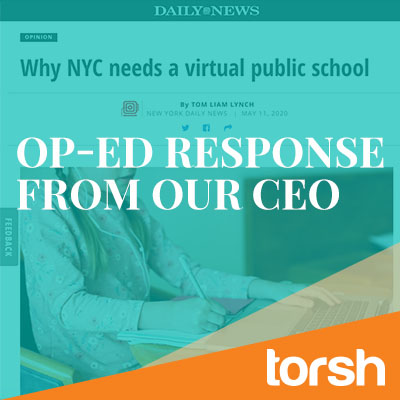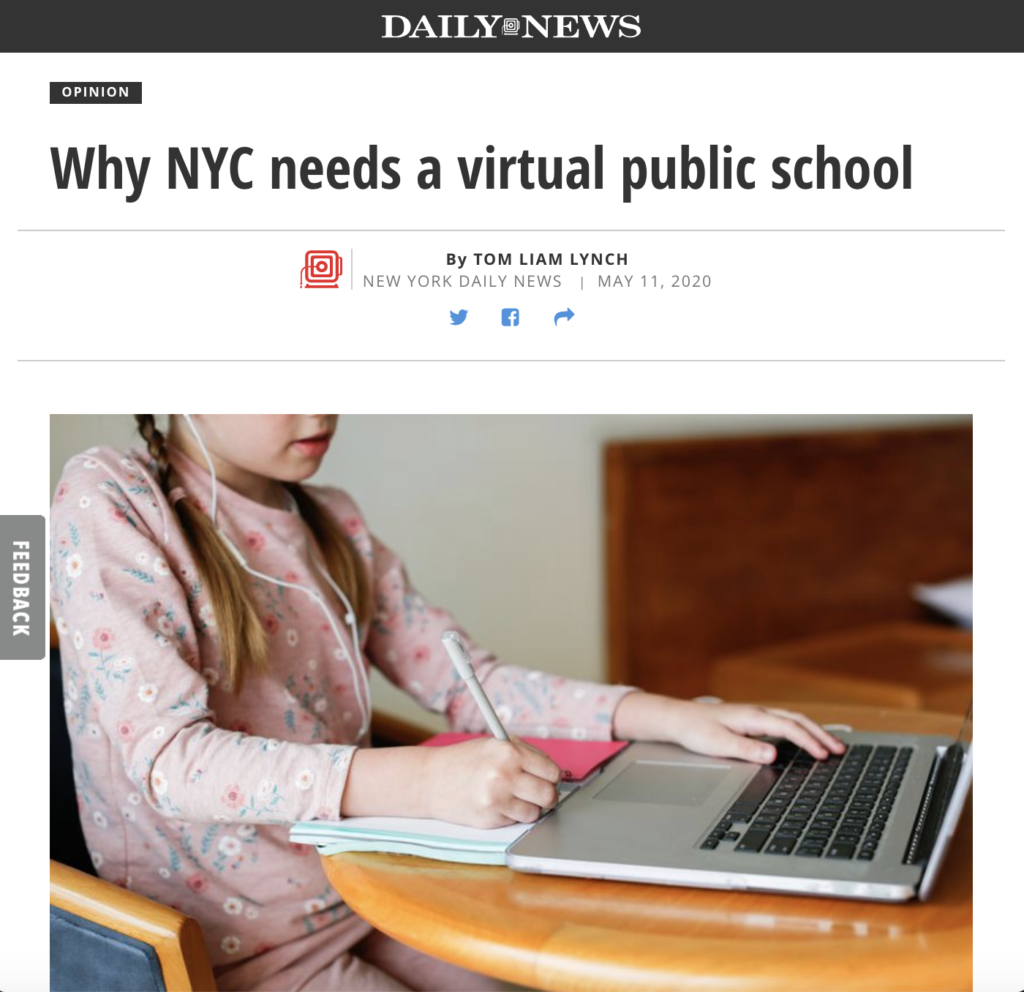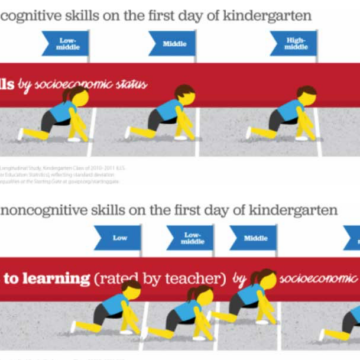The following is a response to the OP-ED published on May 11, 2020 by the New York Daily News penned by Tom Lynch, Director of Education Policy at the Center for NYC Affairs.
I read with interest your recent article on Why NYC Needs a Virtual Public School. With the impact that the coronavirus pandemic has had on education, with schools and teachers reeling from a variety of issues associated with connecting with students virtually, and with families facing some of their biggest challenges ever, the time is right to raise this issue.
A reimagining of public education is not a task for the faint of heart. Everyone across our country knows how education has always worked. We’ve been through it. We know the sights, sounds, smells, and emotions that being in a traditional school evoke. So, determining how to set up an effective remote learning platform that would replace or supplant the traditional “brick and mortar” school experience that we know so well will be a huge task.
Yes, the virtual school you write about would absolutely require many dedicated remote teachers. Online teaching and learning is very different than having face-to-face interactions as any teacher or parent sitting next to their child during online learning will tell you. Not only will the teachers need professional training initially, they will need much more.
It will be of utmost importance to include support for the teachers in any virtual public school plan. Even though many educators confidently use online resources in schools on a daily basis, presenting lessons and engaging students strictly in a virtual environment is a challenge. Intensive training on both the actual use of technology and teaching effectively with it will be needed.
Professional development must play a key role, both in the development of this virtual school and as teachers implement the plan. Observing educators and students as they work together online will give much-needed data when shaping further lessons.
- How will we best engage these young learners?
- What strategies are being used successfully?
- How can we share our knowledge with each other as we find out what works and what doesn’t?
Raw, honest realities have already been exposed in the past few months in our attempts to use virtual learning. Young children- and even not so young- have a difficult time engaging with online lessons. Parents often need to sit beside their children to help them understand directions, open links to websites, and even just to stay focused. Many parents also work from home and need the computers and time to continue with their jobs. Some families do not have access to the internet, while others choose not to participate or may have a language barrier preventing them from participating fully.
As this virtual school is designed and then eventually implemented, all of these barriers to learning will need to be addressed. Strong conversations and loads of listening to those who have been in the trenches will be absolutely needed and necessary. A virtual school cannot be based on a cookie-cutter education plan; instead, it has to be shaped by the needs of our children and teachers as they learn and grow.





